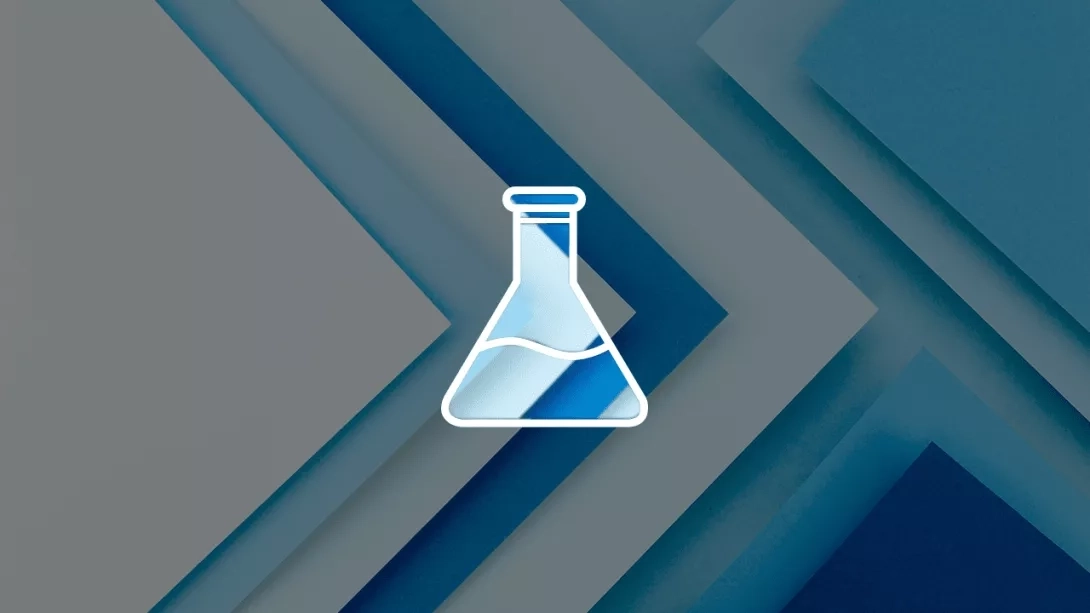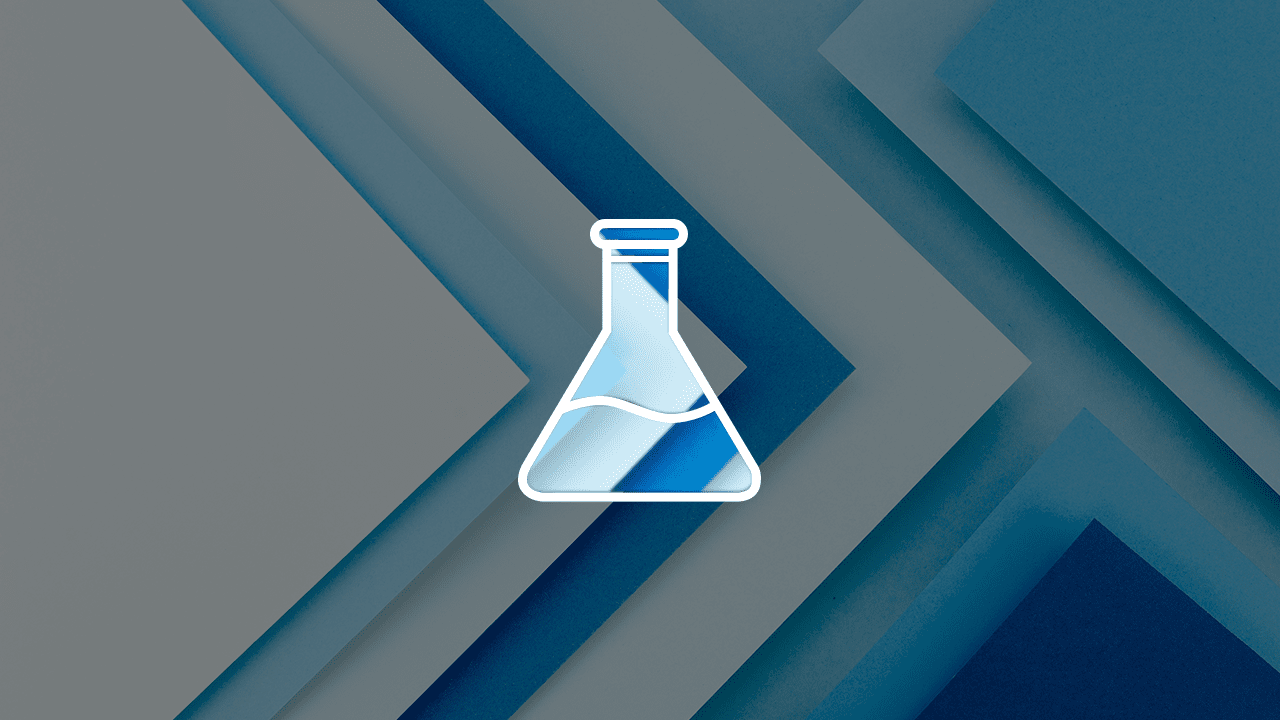In the realm of water treatment, ensuring the safety and purity of water through effective disinfection methods is paramount. There are several key approaches to water treatment disinfection methods, each with unique mechanisms and applications. Here, we'll delve into the various methods of disinfection in water treatment, ensuring it is safe for consumption and use.
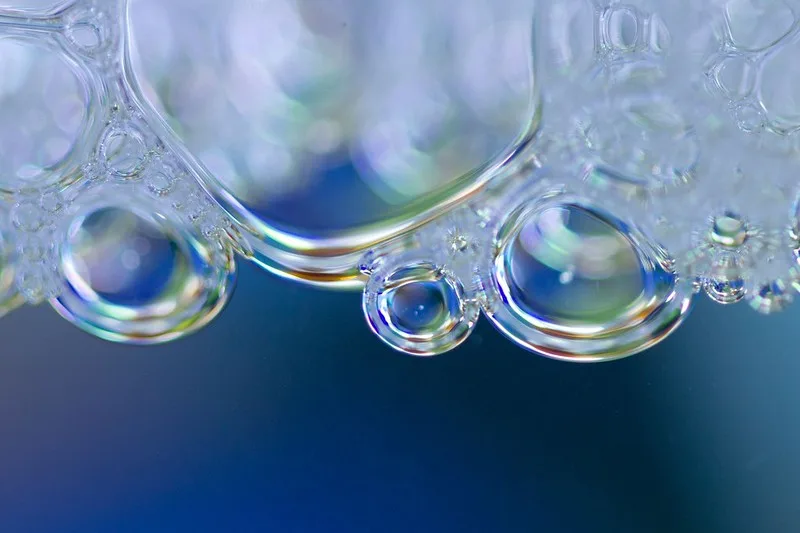
Microscopic inhabitants impact
Microscopic inhabitants of aquatic environments can be divided into two groups based on their impact:
- Bacteria, fungi, and algae that cause fouling of pipelines, heat exchangers, water storage tanks, filter components, etc. They are usually introduced into the water from surface sources and reproduce under favorable conditions.
- Pathogenic and conditionally pathogenic microorganisms: viruses, bacteria, fungi, helminth eggs, which can cause infectious diseases in humans and animals.
| Impact of Microscopic Inhabitants | Methods of Water Disinfection | Physical Methods of Water Disinfection |
|---|---|---|
| Cause diseases such as cholera and giardiasis. | Chemical Disinfection e.g., chlorine, ozone. | Boiling – Kills most pathogens by heating water to a rolling boil. |
| Biodegradation of pollutants can help in wastewater treatment. | Physical Disinfection e.g., UV light, heat. | Ultraviolet (UV) Light – Disrupts DNA of microorganisms, preventing reproduction. |
| Nutrient cycling in ecosystems, aiding in processes like nitrogen fixation. | Biological Disinfection e.g., using bacteria to target and neutralize harmful microorganisms. | Filtration – Removing pathogens with barriers like sand or synthetic filters. |
| Symbiotic relationships with other organisms, benefiting aquatic ecosystems. | Membrane Processes e.g., reverse osmosis, nano-filtration. | Pasteurization – Reduces microbial numbers by heating water to a specific temperature below boiling. |
| Indicators of water quality – Presence can indicate contamination levels. | Combined Methods – Using two or more methods for effective disinfection. | Aeration – Increases oxygen levels, indirectly reducing microbial count by changing conditions. |
| Algal blooms caused by overpopulation can lead to toxin release, harming water quality. | Emerging Technologies e.g., photocatalysis, sonication. | Distillation – Evaporates water and condenses steam back into clean water, leaving contaminants behind. |
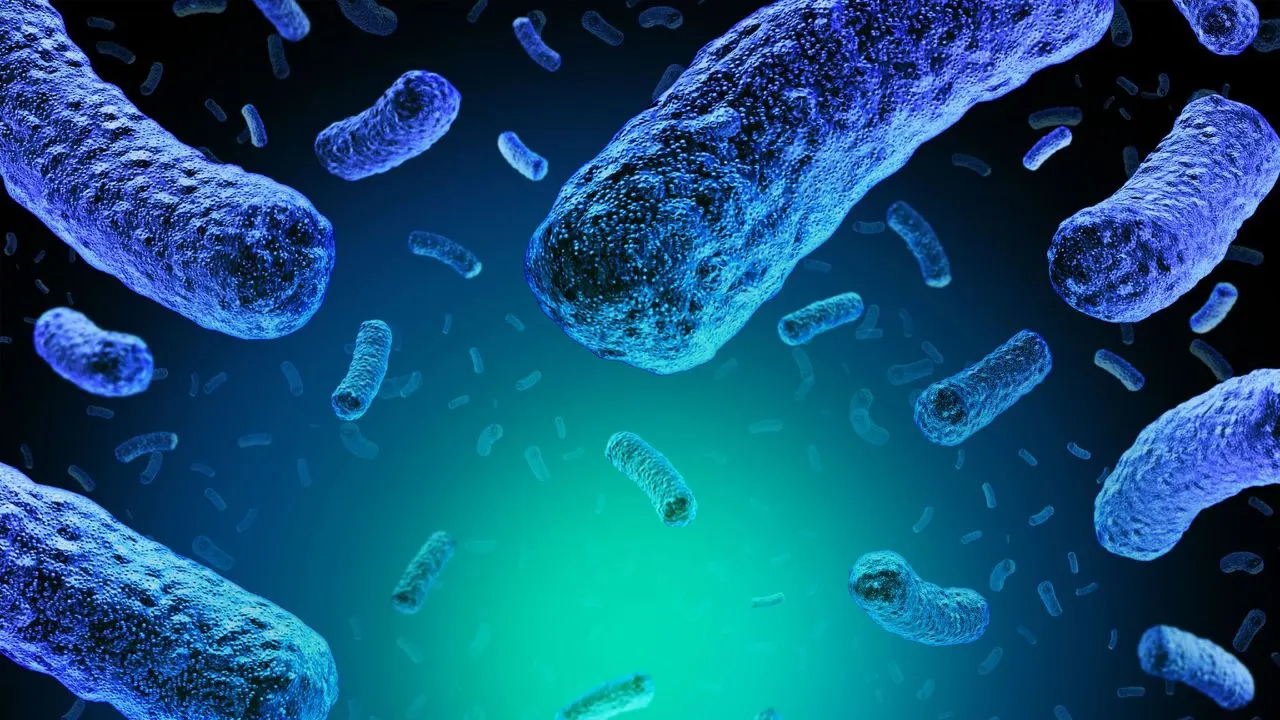
What are the methods for water disinfection?
Disinfection methods of water are based on their principle of action:
- Physical or non-chemical methods, where disinfection occurs through the influence of physical factors (boiling, ultraviolet, electrolysis, reverse osmosis);
- Chemical or reagent methods, where certain reagents (chlorine, ozone, non-oxidizing agents) are added to the water;
- Combined methods involve the combination of both technologies, such as ultrafiltration and chlorination.
Now, we will take a closer look at the listed methods of water disinfection, the advantages and disadvantages of each method.
Physical methods of water disinfection
Physical methods rely on physical processes to eliminate contaminants without the use of chemicals. These include.
Boiling
By bringing water to a rolling boil, most pathogenic organisms are killed, making this one of the simplest and most accessible water sterilization methods.
It is important to note that for full disinfection of water, it should not just be brought to a boil, but boiled for at least five minutes.
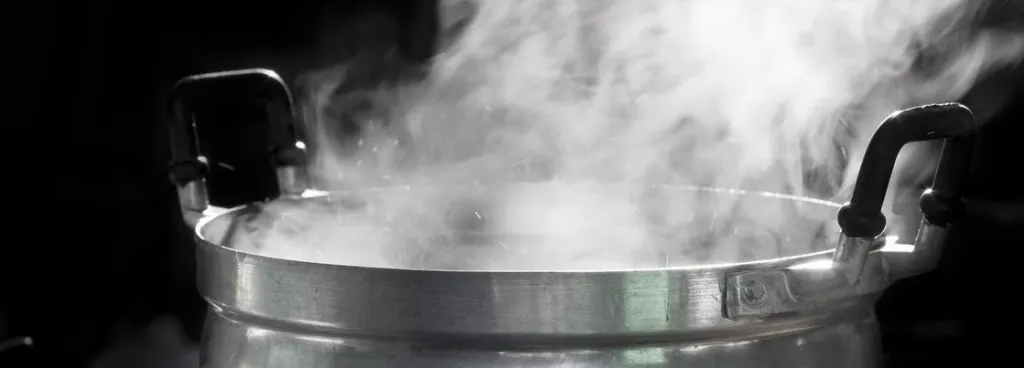
ADVANTAGES:
- simplicity of execution;
- no need for additional equipment;
- effectiveness against most pathogenic microorganisms;
- in addition to disinfection, reduces water hardness and turbidity.
DISADVANTAGES:
- significant increase in energy consumption with increasing water volume;
- high duration;
- possibility of secondary contamination.
Ultraviolet
Since ancient times, humanity has known about the beneficial effects of sunlight. Thanks to ultraviolet radiation, which is one of the components of the UV spectrum, they are able to break down the structure of thymine in the DNA of microorganisms. As a result, bacteria and viruses lose their ability to reproduce both in water and in the human body.
The simplest method of UV water disinfection is the SODIS method. Water, filtered to remove large mechanical particles larger than 50 microns, is poured into PET (polyethylene terephthalate) bottles, which are placed on a surface exposed to direct sunlight. The main disadvantage of this method is the need for active sunlight. The method is most effective in the strip between 35 degrees north and south latitude, where disinfection takes about six hours. As the intensity of sunlight decreases, the duration of disinfection increases.
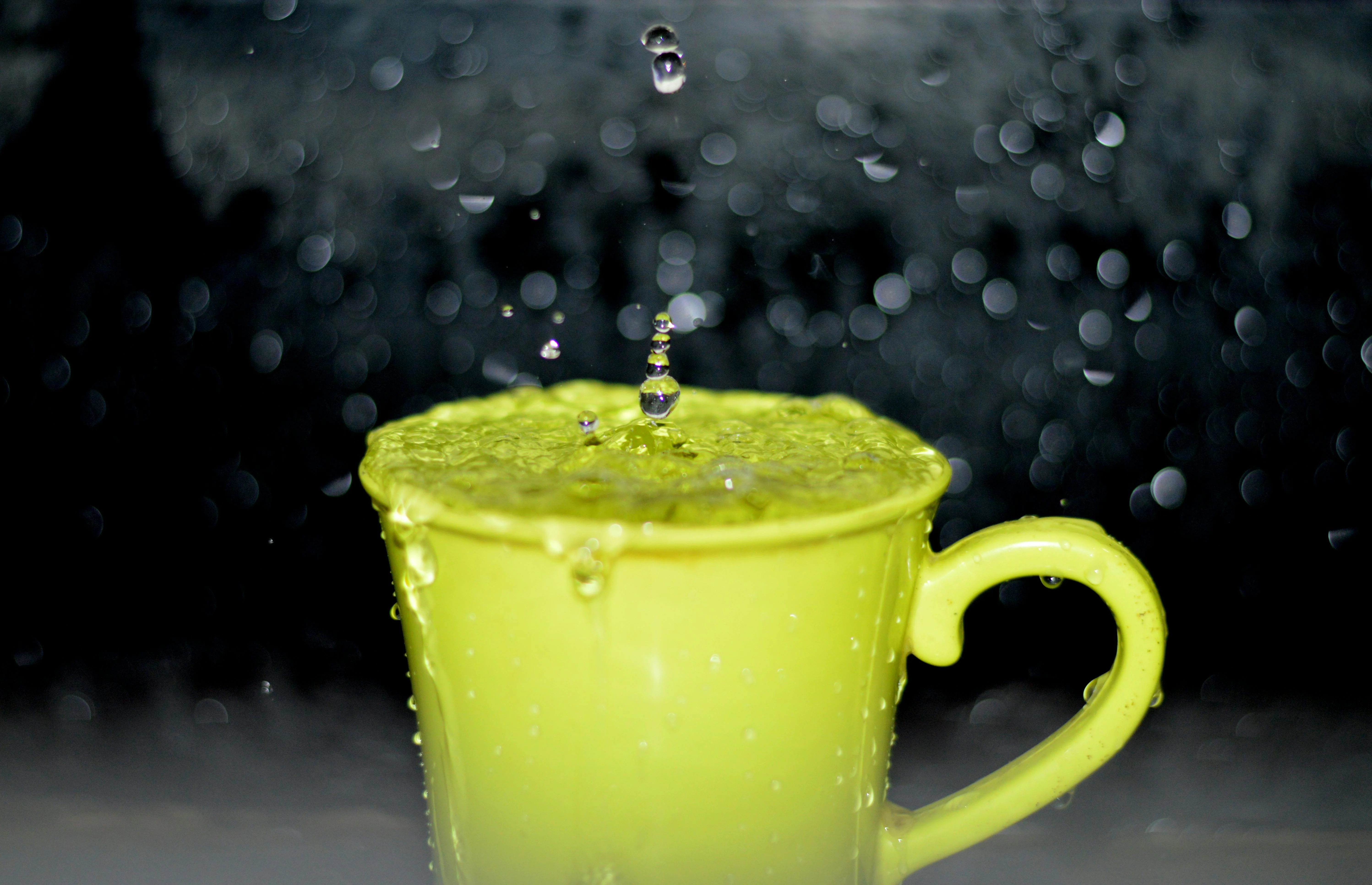
Devices for water disinfection are produced in the form of cylindrical mechanical tubes with a quartz sleeve emitter. The water flows into the housing and flows around the sleeve, thereby being exposed to UV radiation and disinfected. The wavelength in most such devices is about 250 nm.
Today, such devices are used for preventive disinfection of both drinking and household water after complex purification systems. Installing such an emitter prevents the clogging of pipes, filter elements, washing machines, and so on.
ADVANTAGES:
- easy to use method;
- does not require bulky equipment;
- no need for constant dosing of reagents;
- does not introduce secondary pollution into the water unlike disinfection with reagents;
- low energy consumption.
DISADVANTAGES:
- not effective against a wide range of microorganisms, combined methods are recommended for water contaminated with pathogens;
- regular replacement of the irradiation source is necessary;
- water must be free of mechanical particles before passing through the device, as they can reduce the method's effectiveness by 50%;
- no prolonged action.
Reverse osmosis and ultrafiltration
The pore size of reverse osmosis membranes is 4000 times smaller than that of the smallest bacterial cells and 200 times smaller than that of viral particles. Therefore, such filters are capable of retaining 100% of microorganisms. The technology is mainly used for purifying drinking water. It is the basis for household filters, vending machines, water dispensing kiosks, and even food and beverage production.
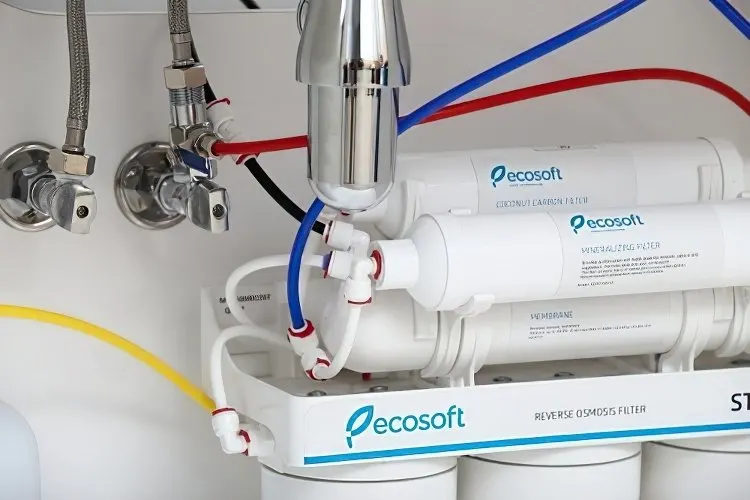
ADVANTAGES:
- removal of 100% of viruses and bacteria;
- compact size and high productivity;
- environmental friendliness;
- removal of other toxins besides microbiological pollutants: heavy metals, organic substances, chlorine, etc.
DISADVANTAGES:
- relatively high cost of technology;
- large amount of wastewater - from 20 to 70% of the output, depending on the membrane size and pressure;
- lack of prolonged action, which limits the use of water directly at the point of consumption. Alternatively, water requires combined disinfection.
Ultrafiltration membranes have relatively large pore sizes that can partially allow virus particles to pass through, so this method can only be used in combination with reagents or ultraviolet light.
Chemical Methods of Water Disinfection
Reagent methods of disinfection, as you may have guessed, involves the addition of certain substances to the water. These compounds are divided into two groups:
- Oxidizing agents — destroy the cell structure of microorganisms by oxidizing them, while being reduced to less active compounds.
- Non-oxidizing agents — provide bactericidal action through specific effects on microorganisms, stopping their reproduction.
Below we will discuss the main methods of disinfection of water, their disadvantagesand advantages.

Chlorination
This method involves adding compounds containing active chlorine to water, which are capable of oxidizing microorganisms and organic matter.
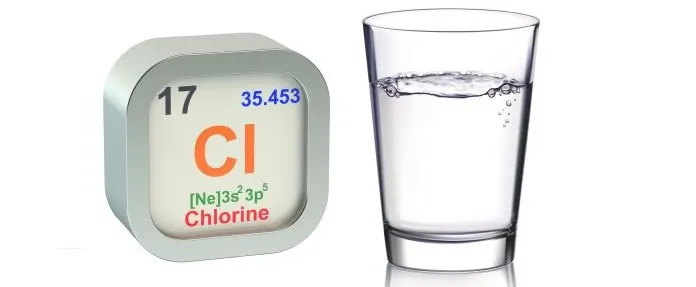
Below are the main chlorine disinfectants:
- Chlorinated water - has a good disinfecting effect and can be easily dosed into water. The disadvantage is the increased safety requirements for storage.
- Sodium or calcium hypochlorite are the most common disinfectants today. They are produced in the form of granules, which dissolve in water and are dosed in liquid form. They are convenient to transport, but are not effective against cysts and their effectiveness decreases with prolonged storage.
- Chloroisocyanuric acid salts, which are mainly used for technical purposes for pools, tanks, secondary water supply systems, but sometimes also for disinfecting drinking water in field conditions. The preparations are produced in tablet form, convenient for transportation and storage, and have high efficiency.
- Chloramines are used at centralized water treatment plants and are dosed into water in solution form. The advantage of this method is its long-lasting effect. Disadvantages include a stronger odor and lower effectiveness.
- Chlorine dioxide is one of the strongest chlorine oxidants, forms few side products, but can only be obtained on site, so it is not widely used in water treatment.
- Chlorinated lime (a mixture of calcium hypochlorite, chloride and hydroxide).
Today, chlorination is the most common method of water disinfection. This is due to the high efficiency of chlorine against 99% of microorganisms and its long-lasting effect. This means that the water supplied to the pipeline contains a small amount of chlorine. It can oxidize impurities, including microorganisms, chlorine, and organic matter that cause water discoloration.
HOW IS CHLORINE DANGEROUS FOR HUMANS?
Chlorination
There are two factors to consider when discussing the dangers of chlorine. Active chlorine, which causes the chlorine smell in tap water or pools, has properties that can dry out the skin and hair and cause irritation of the nasal and eye mucous membranes. However, it quickly dissipates from water during storage and does not pose a real danger to humans.
However, there are hidden consequences of using chlorine as a disinfectant. This includes the formation of byproducts resulting from the reaction of chlorine with organic matter found in surface water and microbiological growth on pipe surfaces. These compounds are called "trihalomethanes" (hydrocarbons in which one or more atoms are replaced by chlorine). The most common water pollutant is chloroform (70-90% of all trihalomethanes).
The toxicity of such compounds has two mechanisms:
- Participating in metabolism, chloroorganics promote the release of toxicants that have systemic effects;
- In the second pathway of interaction, free radicals are formed that have a carcinogenic effect.
Studies that have been repeatedly conducted in different countries show a correlation between the consumption of chlorinated water for drinking and the development of gastrointestinal tract cancers.
However, the problem of chlororganics can be successfully solved even with the simplest coal filters.
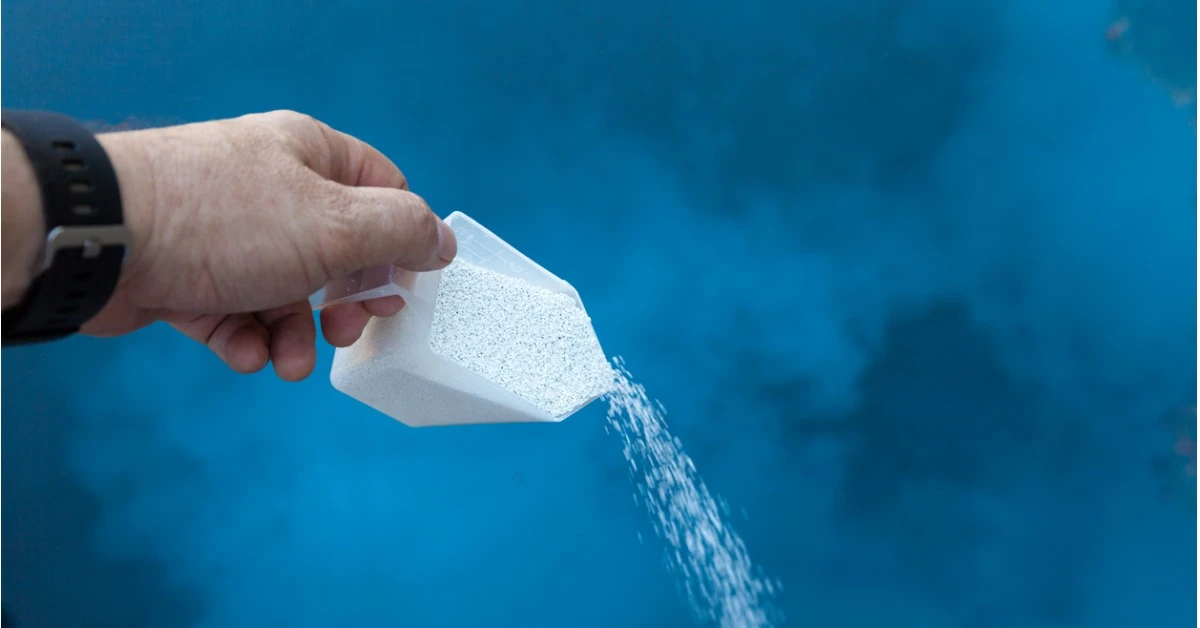
Ozonation
Ozone is a powerful oxidizer. It is effective against all microorganisms and their spores. However, it is not effective for removing biofilms and therefore is not suitable for disinfecting containers and pools.
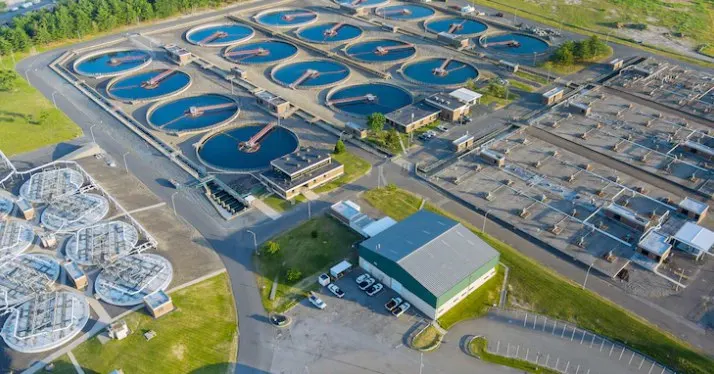
Ozone is generated directly at the water treatment plant on special ozone generators, which contain an ozone generator, a column for dissolving and interacting it with water, and a mechanical filter for removing oxidized particles. The diagram illustrates the process.
As a result of the interaction of ozone with water, aldehydes, ketones, and organic acids are formed, which also have a toxic effect. Therefore, after ozonation, the use of activated carbon filters is also necessary.
ADVANTAGES:
- High efficiency against all microorganisms;
- Absence of trichloromethanes as by-products;
- Removes foreign tastes and odors.
DISADVANTAGES:
- Requires expensive equipment;
- Increased safety requirements and personnel training;
- Formation of secondary products that are toxic to humans.
Non-oxidizing reagents for water purification
These are complex organic compounds that can damage the cell structure of microorganisms, which results in their reproduction being stopped. Such reagents are mainly used for disinfecting water pipes, household and domestic waters, and less frequently for drinking water, as such reagents, like chlorine derivatives, need to be removed using activated carbon immediately before water use.
ADVANTAGES:
- high effectiveness against microorganisms, including biofilm;
- absence of unpleasant odors;
- convenient form for transportation and storage.
DISADVANTAGES:
- insufficiently studied effect on humans, and the need to remove excess reagent from drinking water;
- inability to be used in combination with oxidants.
Use of silver and other metals
Since ancient times, silver has been used as a disinfectant when water was pouredinto silver containers. Today, it has been proven that this method of water disinfection is not effective. Some results have been observed after adding ionic silver and other metals such as copper and tin to the water. However, at maximum permissible concentrations, the disinfection time takes at least two hours. It is also emphasized that silver is not effective against cysts, mostbacteria, and viruses. Today, silver solutions are sometimes dosed into drinking water to reduce biological fouling of containers and equipment.
Combined methods of water disinfection
Combining physical and chemical methods can enhance the effectiveness of disinfection methods in water treatment.
For example, ultrafiltration provides removal of bacteria and most organic impurities. At the same time, it ensures a high level of water transparency, which allows for the final disinfection of water from viruses using ultraviolet radiation. The use of chlorine for such water is also effective, as the low organic content ensures a low content of chlorinated organic compounds, which are dangerous for humans, but at the same time, the prolonged action of chlorine is preserved.

Emerging Technologies
Innovative technologies are continually being developed to improve types of water disinfection:
- Photocatalysis: Uses light to activate a catalyst, typically titanium dioxide, that produces free radicals capable of decomposing organic pollutants and killing microorganisms.
- Sonication: The application of ultrasound waves to agitate and disrupt the cell structure of pathogens in water..
Conclusion
The choice of method of disinfection depends on several factors including the type of water being treated, the nature of contaminants present, and the required purity level for the water's intended use. Understanding these various different methods of disinfection of water helps in selecting the most appropriate technology for ensuring safe, clean water.
Feel free to explore each of these methods further or inquire about specific aspects of disinfection in water treatment in the comments below. Your questions are always welcome!
Faqs
How does chlorination work as a water disinfection method?
Chlorination is a widely used method for water disinfection. It involves adding chlorine-based chemicals, such as chlorine gas or sodium hypochlorite, to water. Chlorine acts as a powerful disinfectant, killing a wide range of bacteria, viruses, and other microorganisms. It can be applied at different stages of the water treatment process, including during pre-treatment, primary disinfection, and residual disinfection to maintain water quality throughout the distribution system.
What are the standard methods of water disinfection?
There are several standard methods of water disinfection used to remove or kill harmful microorganisms. These include chlorination, ultraviolet (UV) disinfection, ozone treatment, and filtration. Each method has its advantages and limitations, and the choice depends on factors such as the quality of the water source and the desired level of disinfection.
How does ozone treatment contribute to water disinfection?
Ozone treatment is a powerful oxidation process that effectively disinfects water by destroying a wide range of microorganisms. Ozone, a highly reactive gas, is produced by passing air or oxygen through an electrical discharge. It acts as a strong oxidant, killing bacteria, viruses, and other pathogens. Ozone treatment also helps remove taste, odor, and color-causing compounds from water. However, ozone is unstable and dissipates quickly, so it is typically generated on-site and applied directly to the water to ensure effective disinfection.
What is UV disinfection, and how does it work?
UV disinfection is a non-chemical method that utilizes ultraviolet light to inactivate or kill microorganisms in water. UV light, specifically in the UV-C range, damages the genetic material of bacteria, viruses, and protozoa, preventing them from reproducing and rendering them harmless. UV disinfection is effective against a broad spectrum of pathogens and does not produce any harmful byproducts, making it an environmentally friendly option.
